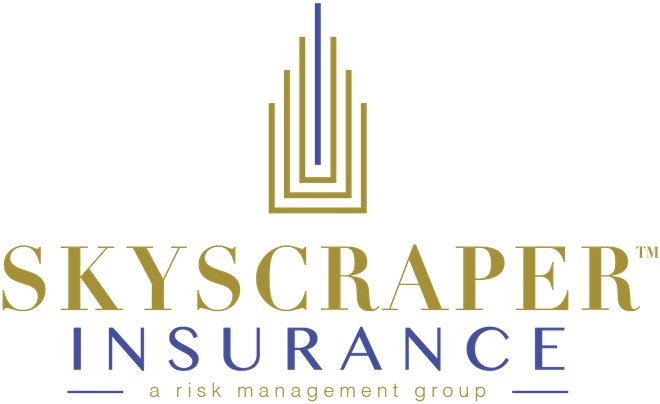HR Updates
On March 18, 2020, President Trump signed the Families First Coronavirus Response Act (the Act) into law. The Act requires employers to provide paid leave for some employees related to the coronavirus (COVID-19) pandemic, among other measures. The Act takes effect no later than 15 days after it is signed by the president.
Paid Sick Leave
Among other measures, the law requires 80 hours of paid sick leave for government workers and employees of companies with fewer than 500 employees. Compensation caps apply.
Leave would be available to workers who:
- Are or may be sick with COVID-19;
- Have to care for a family member with the illness; or
- Have a child whose school or child care facility is closed (or whose child care provider is unavailable) due to the illness.
Paid FMLA Leave
The bill would also require partially paid leave under the Family and Medical Leave Act when an employee is unable to work or telework due to a school or child care closure related to the coronavirus. This benefit would be available to individuals who have worked for their employer for at least 30 days.
Benefits under the law expire Dec. 31, 2020.
NYS WC Board announced a new class code
Last Friday, the NYS WC Board announced a new class code for employees who are either not working or have changed to doing work at home. The new code is 8873, and the rate is the same as an office employee class, instead of your existing expensive class, like construction, schools, retail, manufacturing, etc.
Be sure to keep separate payroll records for the time that your Employees are reassigned. You’ll need it, to be eligible for the code change and to save on your insurance premium.
Also, if your business had to, unfortunately, lay off employees (hopefully temporarily), it is quite likely that your worker’s compensation insurance premium can be decreased as well since workers comp rates are based on actual payroll.
Another important note – the Board ruled that COVID-19 claims are to be excluded from loss runs.
For any insurance-related matters, don’t hesitate to reach out to me or my Team.
What are employee benefits? What benefits and perks can you expect to receive when you’re hired by a company? An employee benefits package includes all the non-wage benefits, like insurance and paid time off, provided by an employer. There are some types of employee benefits that are mandated by law, including minimum wage, overtime, leave under the Family Medical Leave Act, unemployment, and workers compensation and disability.
There are other types of employee benefits that companies are not required to offer, but choose to provide to their employees. There are some benefits and perks you may be able to negotiate as part of your compensation package when you’ve been offered a new job.
Employee Benefits
Employee benefits are non-salary compensation that can vary from company to company. Benefits are indirect and non-cash payments within a compensation package. They are provided by organizations in addition to salary to create a competitive package for the potential employee.
Types of Employer-Provided Benefits and Perks
In addition to benefits required by law, other benefits are provided by companies because they feel socially responsible to their employees and opt to offer them more than is required by law.
Depending on the company, these benefits may include health insurance (required to be offered by larger companies), dental insurance, vision care, life insurance, paid vacation leave, personal leave, sick leave, child care, fitness, a retirement plan, and other optional benefits offered to employees and their families.
Almost half the (medium and large) employers surveyed offered either a defined benefit or a defined contribution pension plan. About 75% offered health insurance, but almost all required some employee contribution towards the cost. It’s not hard to look at the averages and see how your employer or your job offer measures up.
In addition, there is an increasing use of bonuses, perks, and incentives by employers to recruit and retain employees. Look at the companies rated the best places to work and you’ll discover many offer health club memberships, flexible schedules, daycare, tuition reimbursement, and even on-site dry cleaning.
Workers’ Compensation Insurance covers the expenses that come with an employee’s work-related illness or injury. This may include immediate costs like an ambulance ride to the ER and long-term costs like physical therapy or lost wages. There’s even a portion that covers your legal fees if an employee decides to sue.
State laws require most employers to carry Workers’ Comp Insurance in case employees are hurt on the job. Not sure whether you need Workman’s Comp? Check out this guide to Workers’ Compensation laws by state.
A business should take every practical measure to prevent worksite injuries and illnesses. But sometimes accidents happen anyway. Say a new hire slips on a puddle and breaks her arm or a mistaken measurement on your construction site leads to a severed finger.
Federal & State Disability & Paid Family Leave
Bulletin Update
COVID-19
During this pandemic, Skyscraper Insurance continues to monitor and review updates due to legislative changes related to Federal & State Laws as may be applicable to employers.
Skyscraper Insurance offers a comprehensive chart highlighting some of the benefits for these legislative changes to the Federal & State Laws related to Disability and Paid Family Leave. It provides a high-level summary of benefits in a consolidated view with access to links for specific detailed information to assist our brokers and clients.
This includes, but may not be limited to temporary changes effective 4/1/20, while providing additional rules and direction from the Department of Labor covered under the Families First Coronavirus Response Act (FFCRA). There are a number of States that currently offer mandatory State Disability and or Paid Family Sick Leave. These states may have new legislation expanding their benefits, which may be applied by the Department of Health and / or Federal, State and or Local authorities due to quarantine or isolation.
The Skyscraper Insurance State Disability National Resource Center and our full team are available to assist you in the placement of new coverage, review of existing State plans, and to determine the status of an employer in selected States as may be necessary during these challenging times.
Skyscraper Insurance Services has helped families and businesses all throughout the United States to protect what matters most to them, at every stage of their lives.protect what matters most to them, at every stage of their lives. We’re ready, willing, and able to help anyone and everyone with their insurance needs, no matter where life has taken them. That means the recent college graduate looking for a simple renters insurance policy receives the same level of service and care as the national brand with 500 employees who needs someone to protect their business.
Wishing Everyone Continued Good Health and Safety.




